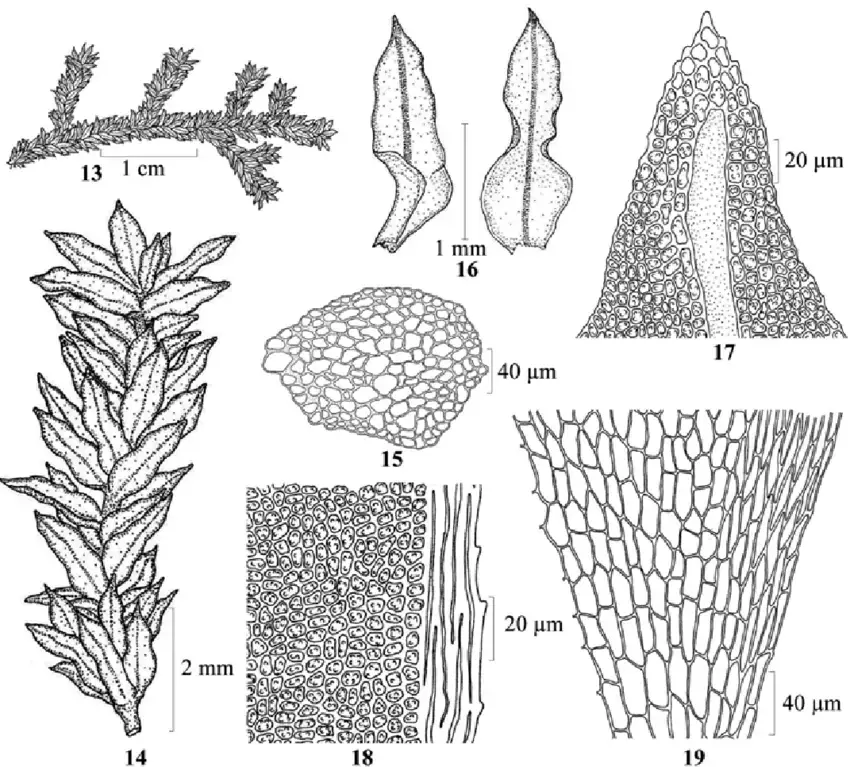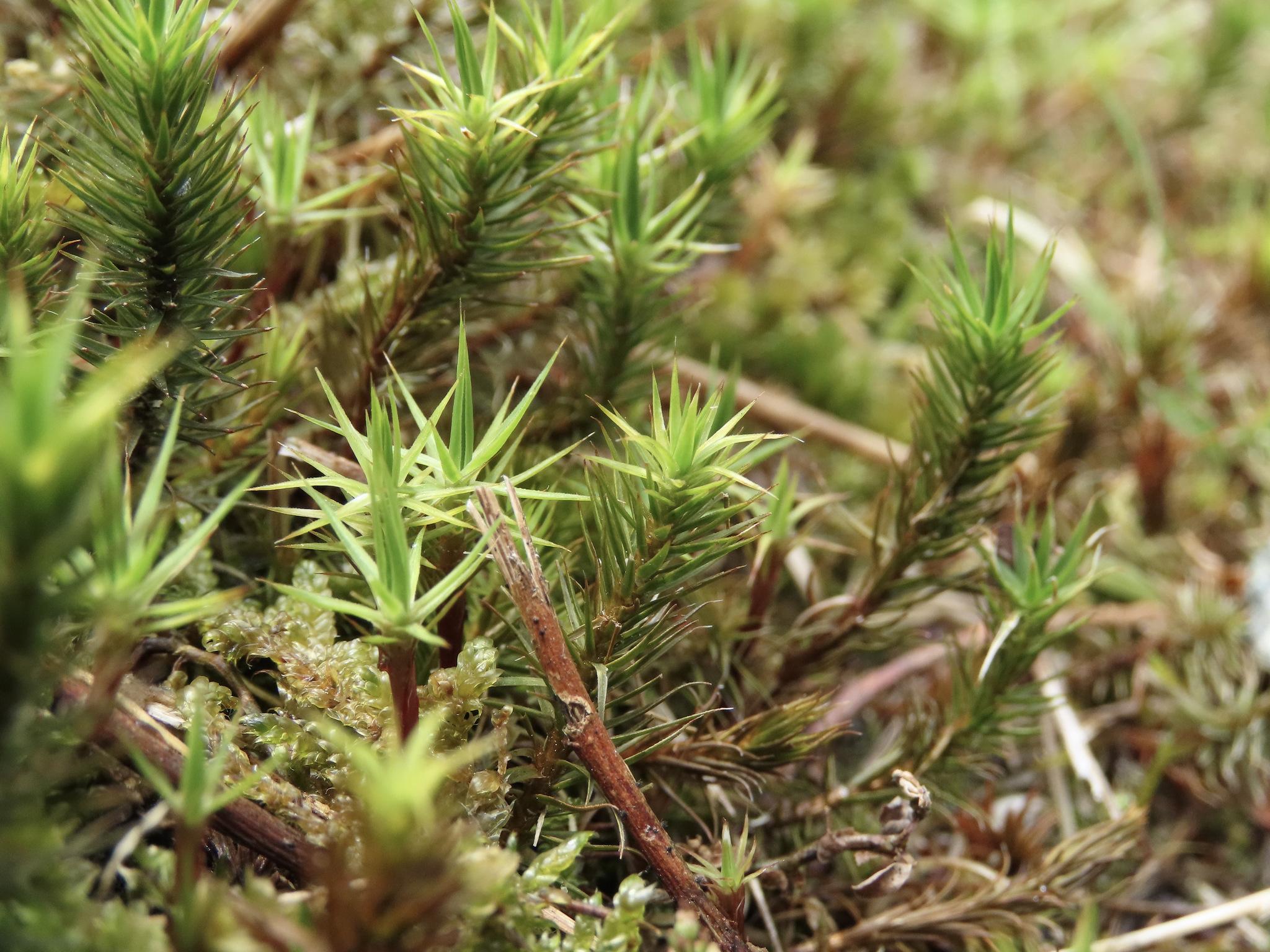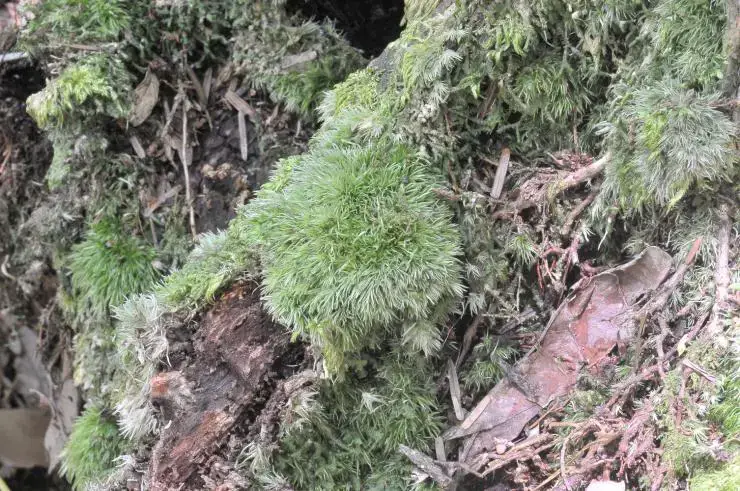
19-Mitthyridium-cardotii-M-Fleisch-H-Rob-13-plant-14-portion-of-plant-15.png from: https://www.researchgate.net/figure/19-Mitthyridium-cardotii-M-Fleisch-H-Rob-13-plant-14-portion-of-plant-15_fig2_335110680
Exploring the Fascinating World of Mitthyridium subluteum Moss
Introduction
Today we’re diving into the captivating realm of Mitthyridium subluteum (Müll.Hal.) Nowak, a unique moss species belonging to the Calymperaceae

original.jpeg from: https://www.gbif.org/es/species/2673552
family. Also known simply as Mitthyridium, this tiny but mighty plant plays important ecological roles. Let’s explore what makes Mitthyridium subluteum so special!

7037e79d418c961c5141889e083833ce.jpg from: https://taieol.tw/muse/digi_object/2355523fe7d6b11d4b7a8ac495911fd7
Background on Mosses
Before we get into the specifics of M. subluteum, let’s review some moss basics. Mosses are non-vascular plants in the division Bryophyta. Unlike other land plants, they lack true roots, stems, and leaves. Instead, they have leaf-like structures called phyllids that absorb water and nutrients. Mosses reproduce via spores rather than seeds and are found in diverse habitats worldwide.
Morphology and Identification
Mitthyridium subluteum is a small, cushion-forming moss. Its phyllids are ovate-lanceolate in shape and have a distinctly sheathing base. The leaf margins are entire and the costa (midrib) is strong, often extending to the leaf apex. Capsules are erect and cylindrical on a tall seta. Under the microscope, the leaf cells are rounded-quadrate. These traits help distinguish M. subluteum from similar species.
Global Distribution and Habitat
M. subluteum has a pantropical distribution, found in tropical regions across the globe including Africa, Asia, Australia, and the Americas. It typically grows as an epiphyte on tree bark and branches in humid forests from lowlands to mountains. The moss is also occasionally found on rocks and cliff faces in sheltered areas.
Ecological Roles and Adaptations
Like other mosses, M. subluteum plays several key ecological roles:
Water and nutrient cycling: The dense mats of M. subluteum help trap and retain water and nutrients, regulating their flow in the ecosystem.
Microhabitats: The moss provides shelter and microhabitats for various invertebrates and microorganisms.
Substrate stabilization: By colonizing bare substrates, M. subluteum helps stabilize and build soil, paving the way for other plants.
M. subluteum has several adaptations for its epiphytic lifestyle and tropical habitat:
Desiccation tolerance: The moss can survive periods of drying out and rehydrate quickly when water is available again.
Leaf structure: The sheathing leaf bases help channel water down to the moss’s central stem.
Spore dispersal: The tall seta elevates the capsule for optimal spore dispersal by wind.
Conclusion
Mitthyridium subluteum may be small, but this mighty moss is an important component of tropical ecosystems worldwide. From cycling nutrients to providing microhabitats, M. subluteum showcases the fascinating adaptations and ecological roles of mosses. Next time you’re in a tropical forest, take a closer look – you might just spot this marvelous moss! What other secrets of the bryophyte world are waiting to be uncovered?